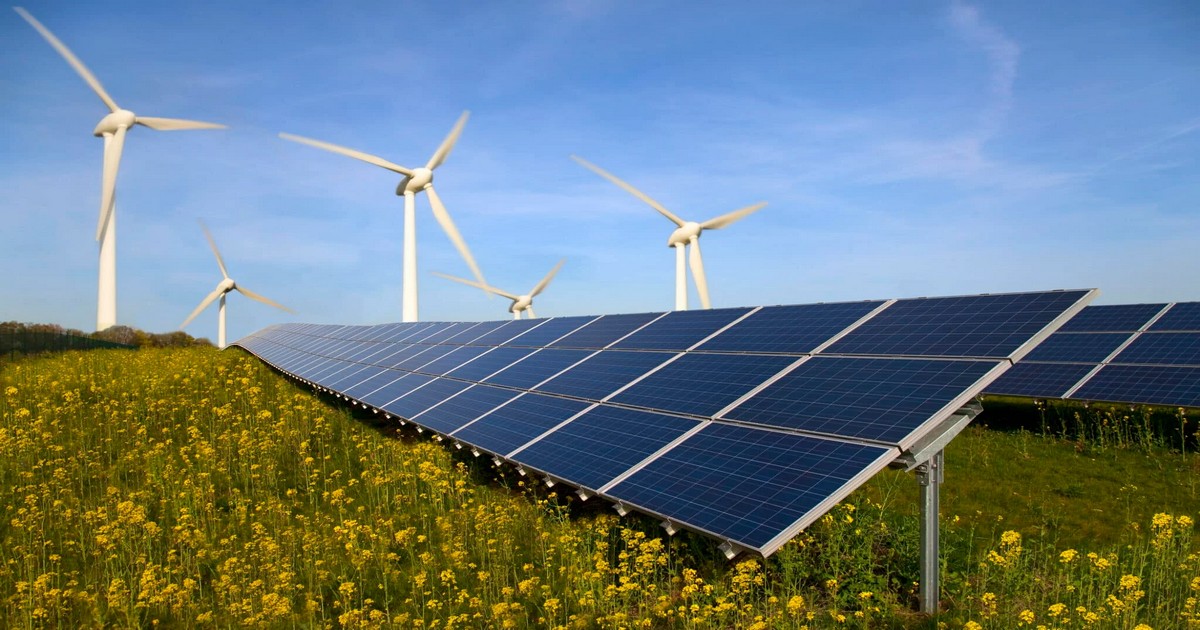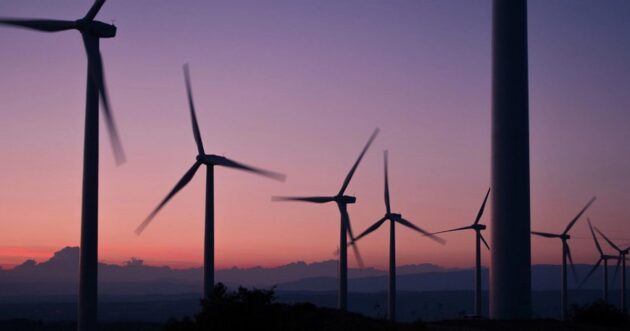
Governments in the Western world are committing to “net zero” emissions of carbon by 2050. This means that wind and solar power are promoted and heavily subsidised. However, the plans have a major flaw as they are reliant on the unrealistic notion that there is an affordable way to store surplus electricity at scale. The output of wind and solar power is not consistent, and the capacity figures do not account for this. In order to replace a 1000 MW conventional power station, about 3000 MW of wind and solar capacity is needed, and even then, the conventional power station or something similar is still required to provide backup.
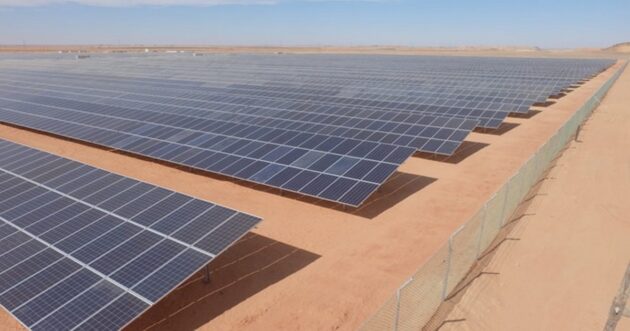
Many countries are relying on fossil-fired stations as backup for periods of low wind and sun, but this is not sustainable in the long term. Power prices will soar, making everything more expensive, and frequent blackouts will occur. Even building more renewables capacity will not solve the problem. The only solution is reasonable cost, large-scale energy storage, which would keep the lights on for several days at a minimum.
The options for large-scale energy storage are limited. Hydro pumped storage is not feasible on a national scale, and carbon capture and storage for fossil fuel stations is not a viable solution either. Battery storage would be the best solution, but the current cost is astronomical, and the necessary quantities of batteries are simply not available. Not enough lithium, cobalt, and other rare minerals are being mined at the moment, and prices are already high.
Carbon capture and storage (CCS) for fossil fuel stations is also touted as way of avoiding the problems of wind and solar power, but it’s expensive and difficult to implement at scale. The captured carbon dioxide (CO2) has to be compressed, transported and stored somewhere. The trouble is, there’s a limited amount of geological storage capacity available, and it’s not clear that we can store the vast quantities of CO2 that would be produced by power stations over a long period of time without risk of leakage.
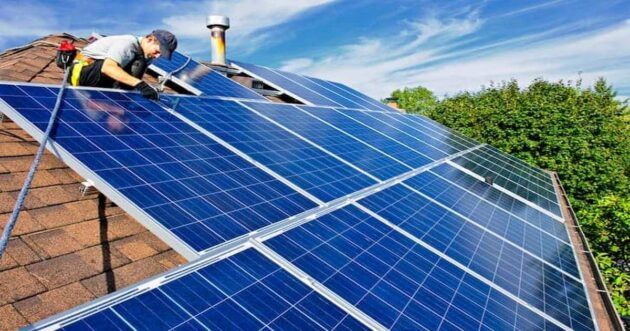
So what’s left? Nuclear power. Yes, I said it. Nuclear power, the bogeyman of the environmental movement. But hear me out.
Nuclear power is the only proven, scalable, reliable, low-emission source of energy that can provide the baseload power that we need to keep the lights on 24/7. Nuclear power plants can operate continuously for months at a time, producing huge amounts of energy without emitting any CO2. And thanks to advances in reactor technology, nuclear power is safer and more efficient than ever before.
Now, I know what you’re thinking: “But what about the waste? What about the risk of accidents?” Well, let me ask you this: what about the waste and the risks of accidents associated with open-cycle gas turbines and other stopgap measures that we’re using to prop up our renewables-based power grid right now? The truth is, every form of energy production has its risks and downsides. But when you weigh the risks and benefits of nuclear power against the alternatives, it becomes clear that it’s the only viable option for a net-zero future.
So let’s stop fooling ourselves with pipe dreams of affordable, large-scale energy storage and start investing in the proven technology that can actually get us to net zero. Let’s embrace nuclear power, not as a last resort, but as the smart, pragmatic choice for a sustainable energy future.
However, CCS also faces significant challenges. It’s expensive, and it has yet to be demonstrated on a large scale. Furthermore, it’s unclear how much carbon can be stored safely underground, and there are concerns about potential leaks and accidents.
So, where does that leave us? If wind and solar power can’t do the job on their own, and energy storage technologies are either too expensive or impractical, what’s the solution?
The answer, as much as some may not want to hear it, may lie in nuclear power. Nuclear power plants can generate electricity reliably and continuously, without relying on the weather. They also emit no greenhouse gases during operation, making them a potentially attractive option for countries looking to reduce their carbon emissions.
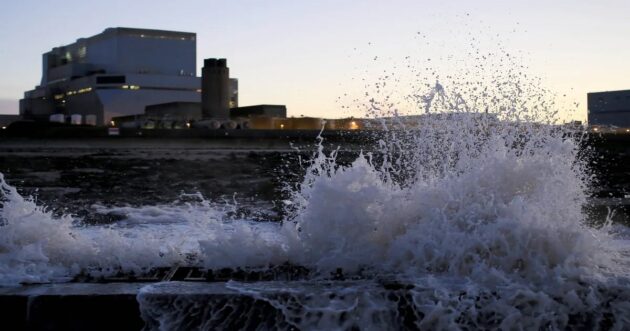
Of course, nuclear power has its own set of challenges. There are concerns about nuclear safety, nuclear waste disposal, and the potential for nuclear proliferation. Nevertheless, if we’re serious about achieving net-zero emissions, we need to be willing to consider all of our options.
In conclusion, the push for net-zero emissions is a noble one, but it’s not going to be easy. Simply building more wind and solar capacity won’t be enough, and energy storage technologies are either too expensive or impractical. Nuclear power may be the solution, but it’s not without its challenges. Ultimately, we’ll need to be creative and open-minded if we’re going to succeed in our efforts to combat climate change.




















